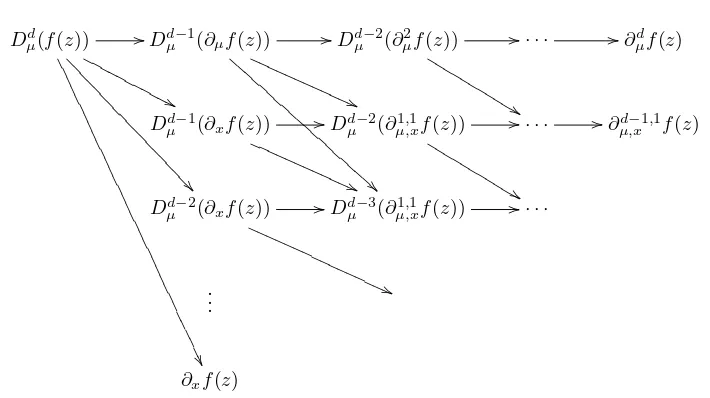Analytic and numerical tools for the study of quasi-periodic motions in hamiltonian systems.
Texto completo
Figure




Documento similar
The main goal of this thesis is to contribute to the knowledge in planetary science through the study of the upper atmosphere of giant planets undergoing hydrody- namic escape. We
A transitive map on a graph has positive topological entropy and dense set of periodic points (except for an irrational rotation on the
No obstante, como esta enfermedad afecta a cada persona de manera diferente, no todas las opciones de cuidado y tratamiento pueden ser apropiadas para cada individuo.. La forma
– Spherical Mexican hat wavelet on the sphere software (developed by the Observational Cosmology and Instrumentation Group at
“ CLIL describes a pedagogic approach in which language and subject area content are learnt in combination, where the language is used as a tool to develop new learning from a
"Fouling Out the American Pastoral: Rereading Philip Roth's The Great American Novel." Upon Further Review: Sports in American Literature.. Michael Cocchiarale and
Highest ef ficiencies for CZTS cells reported up to this date have been deposited via a process first reported by Shin et al in 2013 using co-evaporation of the elements at low
Finally, experiments with solar [17–34], atmospheric [35–45], reactor [46–50], and long-baseline accelerator [51–59] neutrinos indicate that neutrino flavor change through





